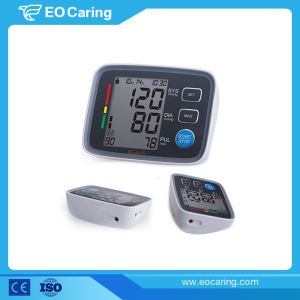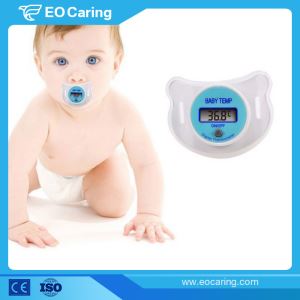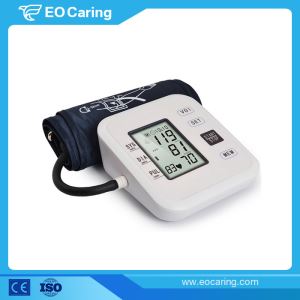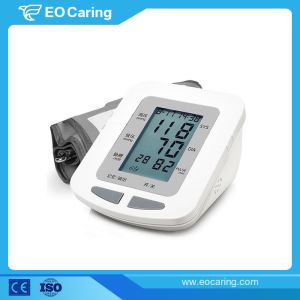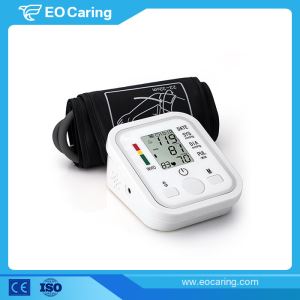- How To Use Sphygmomanometer-
- Oct 11, 2017-
1) keep quiet in the room. Before the measurement, the subjects should be relaxed. It is better to take 20~30 minutes to rest, empty the bladder, do not drink alcohol, coffee or strong tea, and stop smoking.
(2) the patient may sit or horizontally, with both feet flat, with elbows and forearms comfortably placed in parallel with the heart. Let the patient take off right arm sleeves, such as thin wide sleeves can be rolled up to the armpit.
(3) open the sphygmomanometer box, place it near the patient's limb, and make the mercury column vertical to zero.
(4) in the blood pressure cuff around the gas, the gas sleeve air out, and then wrapped around the right arm elbow in 2 ~ 3 cm, not too loose or too tight. Touch the medial brachial artery in the cubital fossa after beating, the stethoscope head on the brachial artery, air pressure.
(5) close the air valve on the balloon, and the observer's line of sight should be on a level with the mercury column to observe the height of the mercury column. Quick inflation to be palpable radial pulse disappeared after the pressure 4kPa (30mmHg) can stop inflating, ajar gas valve, the mercury drops, when hearing the sound of the first pulse sounds for "high pressure", namely the systolic blood pressure. Continue to deflate slightly, mercury slowly drops to a certain scale on the mercury column, the sound suddenly becomes weak or disappears when it is "low pressure", that is diastolic blood pressure.
(6) after the first measurement is completed, the gas should be completely deflated. At least one minute later, the measurement is repeated once, and the average value of the two times is the blood pressure obtained. In addition, if you want to determine whether or not you have high blood pressure, it is better to measure at different times. It is generally believed that at least 3 times the occasional blood pressure values of different days can be defined as hypertension. The blood pressure of normal people increases with age. The systolic pressure of normal adults should be less than 140 mmHg (DR mmHg) or 18 thousand and 600 PA (kPa). Diastolic pressure should be less than 90 mmHg (or 12 thousand PA). The difference between systolic and diastolic pressure is "pulse pressure difference"". The pulse pressure difference was 30~40 mmHg (or 4 to 5 thousand and 300 PA).
KPa is also a unit of blood pressure measurement, and many doctors use kPa as a unit to measure blood pressure. 1 thousand PA =7.5 mmHg or 1 mmHg =0.133 kpa.
- How To Choose The Right Wheelchair
- How To Use Your Home Digital Blood ...
- Is The Digital Thermometer More Acc...
- The Development Of China's Medical ...
- Measuring Principle Of Blood Pressu...
- New Guidelines For High Blood Press...
- Precautions In The Use Of Electric ...
- Electric Wheelchair Purchase Tips
- The Type Of Blood Glucose Meter
- The Scope Of Application Of Digital...
- How To Choose A Blood Glucose Meter?
- Elderly Is Suitable For Use With Bl...
- Monitor The Method Of Blood Glucose...
- How To Make The Household Blood Glu...
- Why Does The Glucose Meter Adjust T...
- What Are The Main Factors That Affe...
Related News
